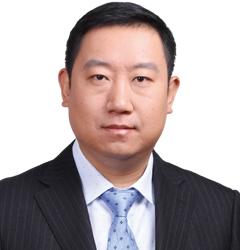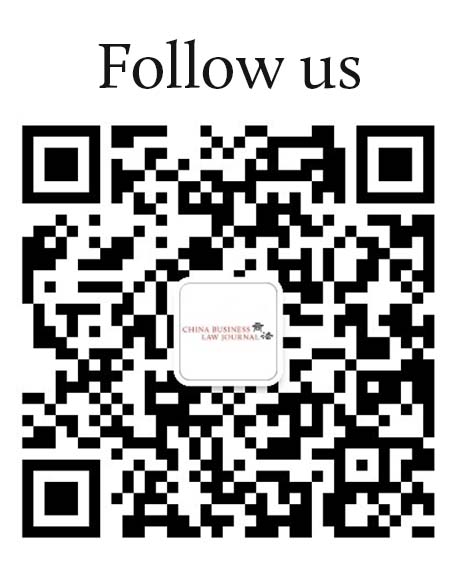Rising international competition in the high-technology sector has been driving many countries to adopt tighter protective measures for their crucial technologies. On 18 March 2018, China’s State Council issued Measures for Work Concerning External Transfer of Intellectual Properties (the “Measures”). The Measures, which set forth rules for cross-border transfers of IP, are the first that the Chinese government has promulgated with the primary legislative goal of improving its national security. The potential implications of the Measures on cross-border mergers and acquisitions, involving technology transfers, deserve our close attention.

Partner, Co-head of
IP Department
East & Concord Partners
Relevant parties. It is specified in the Measures that the examination procedure thereunder shall be applicable to PRC-based IP transfers from any Chinese entities or individuals to foreign enterprises or individuals or any other foreign organizations, excluding transfers of PRC-based IPs by foreign parties. Given the nationality standard adopted, this stipulation may be easily circumvented by multinational corporations having their IPs registered under the name of their foreign parent companies, a common practice among most multinationals, as IP transfers by their foreign parents as registered IP holders to other foreign transferees are not regulated by the Measures. Unlike the Measures, Article 20 of the Patent Law regulates all IP accomplished in the PRC, which provides that any entity or individual intending to apply for a patent in a foreign country for an invention or utility model accomplished in the PRC shall go through confidentiality examination procedure under this Article 20, which reflects the difference worth our attention in practice.
Subject Matter. According to the Measures, four categories of IP are subject to the examination procedure thereunder, including patents, integrated circuit layout designs, computer software copyrights, and new plant varieties. Measures also include other potential subject matters in its scope of application by using words to the effect of “etcetera”. Compared with Regulations for the Administration of Import and Export of Technologies (the “Regulations”) in effect for nearly 20 years, the Measures explicitly expand the scope of application to include IC layout designs, computer software copyrights, etc., signalling the trend that the examination procedure will apply to a broader range of IP. At the same time, the Measures do not explicitly include technical secrets as the subject matters that should follow the examination procedure thereunder, adding to the industry’s concerns about how and whether technical secrets will be examined and how the Measures will be aligned with the Regulations. Besides, whether any IP other than trademarks and software copyrights are subject to the examination procedure has not yet been clarified.
You must be a
subscribersubscribersubscribersubscriber
to read this content, please
subscribesubscribesubscribesubscribe
today.
For group subscribers, please click here to access.
Interested in group subscription? Please contact us.
你需要登录去解锁本文内容。欢迎注册账号。如果想阅读月刊所有文章,欢迎成为我们的订阅会员成为我们的订阅会员。
Charles Feng is a partner and co-head of IP department at East & Concord Partners

20/F, Landmark Building Tower 1
8 East 3rd Ring Road North
Chaoyang District, Beijing 100004, China
Tel: +86 10 6590 6639
Fax: +86 10 6510 7030
E-mail:
charles_feng@east-concord.com
www.east-concord.com




























